Title: Controversial Plan to Remove Wild Horses in Wyoming Advances as Roundups Set to Begin
A contentious plan to fully eliminate free-roaming horses from a Delaware-sized region in southwest Wyoming has cleared its environmental review process, and roundups are scheduled to start in about seven weeks.
The Bureau of Land Management on Thursday announced it has signed off on its earlier proposal to permanently remove more than 3,000 feral equines that dwell in the Great Divide Basin, Salt Wells Creek and Adobe Town herd areas. That proposal, outlined in an environmental assessment, elicited 2,138 comments from people and parties who wanted to share their views about horses dwelling in BLM’s Rock Springs and Rawlins field offices.
“I have carefully considered all public comments received on the EA and wish to thank all commenters for their interest in wild horse management in the project area,” BLM Rock Springs Field Office Manager Kimberlee Foster wrote in her decision, which was signed on Thursday. “This decision will be effective upon issuance and the actual gather start date will be subsequently scheduled.”
In a press release announcing the decision, BLM officials disclosed that start date: July 15.
The 2025 operation is expected to stretch for two months and target an estimated 3,624 horses in the Salt Wells Creek and Adobe Town herds. (The Great Divide Basin herd removal will follow in 2026.) This year’s operations are the largest horse-removal effort scheduled to take place across the West, according to the BLM’s tentative wild horse and burro gather schedule.
“Litigation” is listed as the purpose of the Salt Wells Creek and Adobe Town operations in that schedule.
Wyoming’s checkerboard region — a 40-mile-wide region where public and private land meet at common corners — has not only spawned the high-profile public land access dispute that could be decided by the U.S. Supreme Court. It’s also caused a long-running dispute over free-roaming horse management.
Some 15 years ago, the cattle and sheep-centric Rock Springs Grazing Association, which owns and leases about 1.1 million acres of private land in the checkerboard, revoked consent for feral horses to roam its property.
Wild horse advocacy groups and the horse-leery grazing association have been sparring with the BLM ever since. Lawsuits from both parties have targeted the BLM’s planned actions, but last summer U.S. District Court for Wyoming Judge Kelly Rankin, a Biden appointee, ruled in the federal government’s favor in both cases.
Subsequently, a coalition of pro-horse petitioners — the American Wild Horse Campaign, Animal Welfare Institute, Western Watersheds Project, Carol Walker, Kimerlee Curyl and Chad Hanson — petitioned the 10th Circuit Court of Appeals. Oral arguments took place in March.
“I think we just have to keep our powder dry and wait and see which way the court rules so we can figure out our next steps,” Western Watersheds Project Executive Director Erik Molvar said.
BLM’s Foster expects that decision “soon,” she wrote in response to emailed questions. “If that decision alters the planned gather,” she wrote, “BLM will notify the public.”
Foster’s decision also marked the onset of an administrative appeal process. Within 30 days, members of the public and organizations that “have standing” and submitted comments during earlier stages of the federal environmental review process can appeal.
“The appeal must state clearly and concisely why you think the decision is in error,” Foster wrote in her decision.
Because Office of Hearings and Appeals regulations don’t allow electronic filing, appeals must be sent via snail mail. They must be “served simultaneously” to the following three addresses:
Rock Springs Field Office
280 Highway 191 North
Rock Springs, Wyoming 82901
Office of Hearings and Appeals
Interior Board of Land Appeals
801 North Quincy St., Suite 300
Arlington, Virginia 22203
Office of the Regional Solicitor
Rocky Mountain Region
755 Parfet St., Suite 151
Lakewood, Colorado 80215
When the 30-day appeal period lapses on June 28, there are no additional steps in the BLM’s process. The documents released Thursday constitute the final decision to authorize the whole-herd removals, according to Foster.
Free-roaming horses gathered out of the Great Divide Basin, Salt Wells Creek and Adobe Town herd areas are offered up through BLM’s adoption and sales programs. Those not selected or of the right temperament will live out their days pastured on private land in places like the Centennial Valley west of Laramie or Oklahoma.







